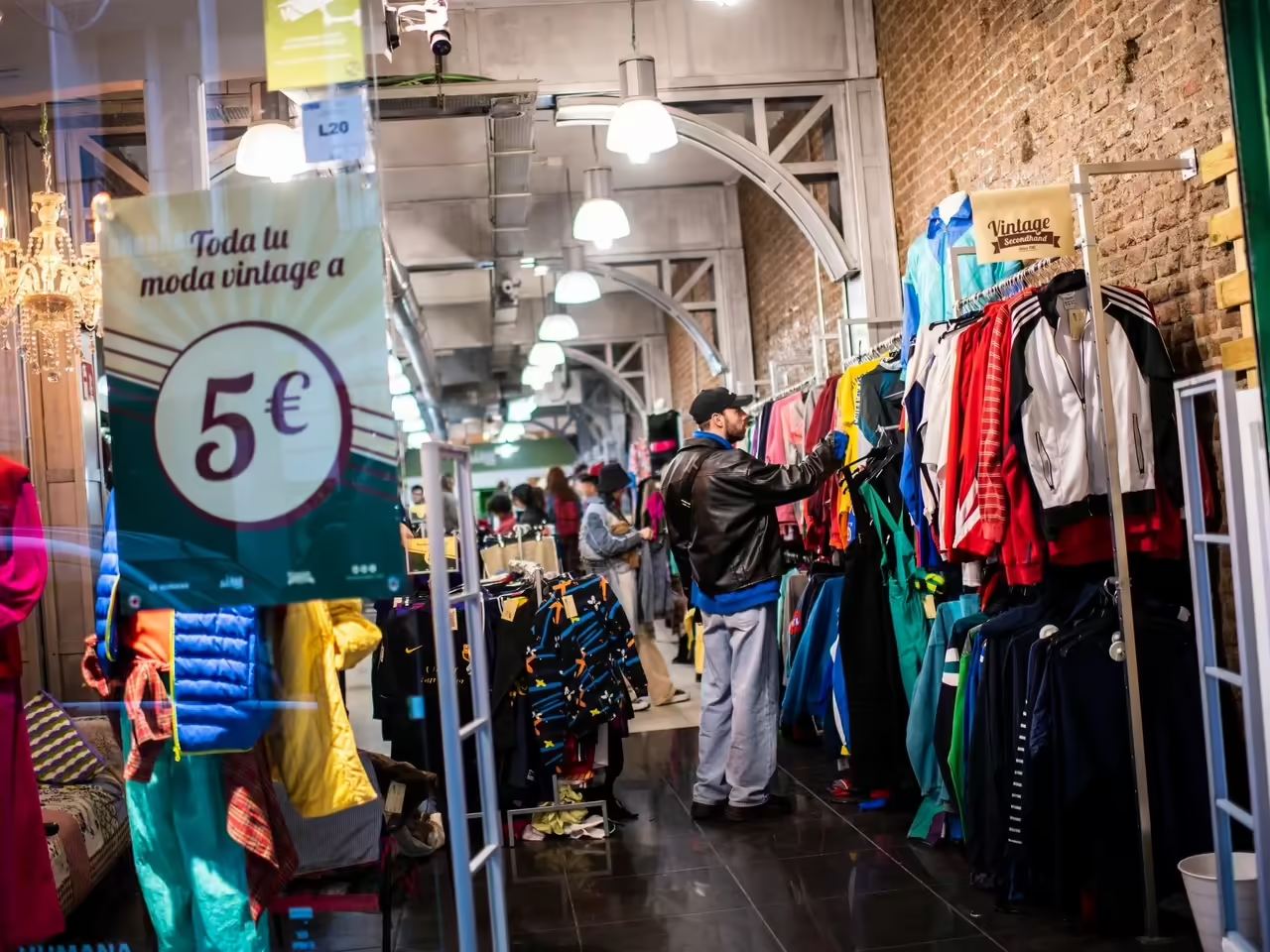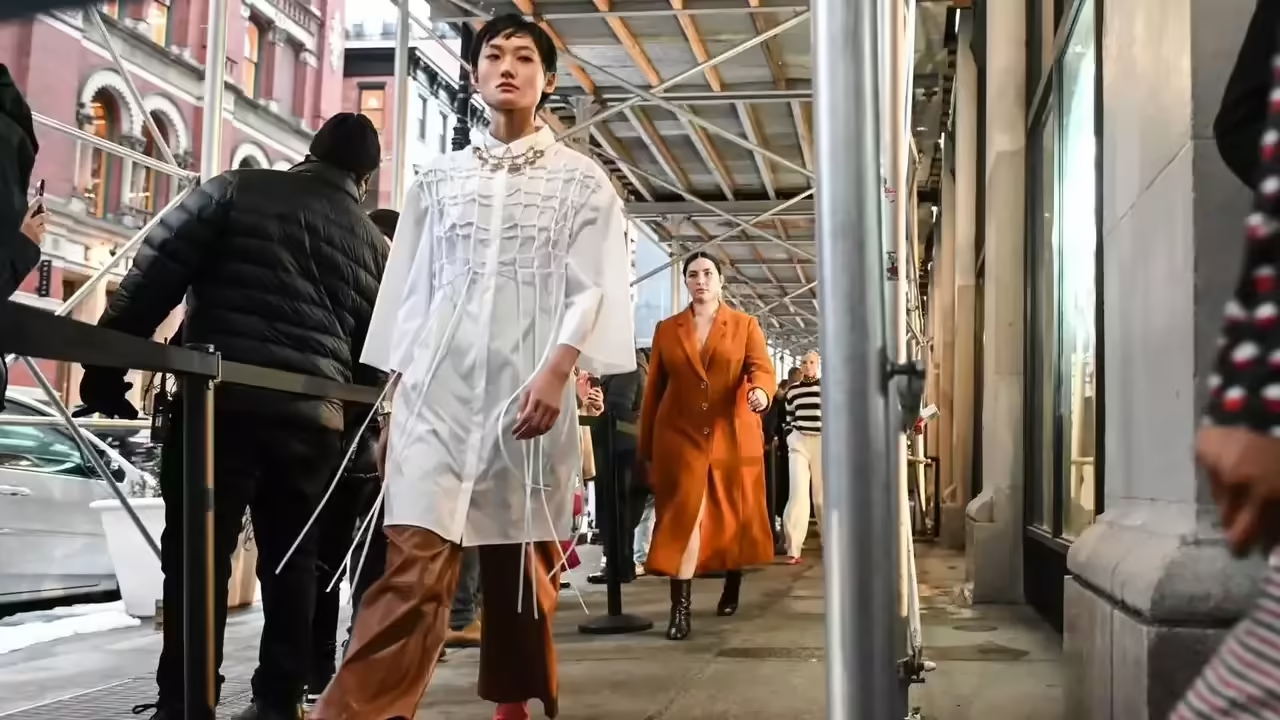
Indoor plants have emerged as essential elements in the aesthetics and functionality of contemporary homes. Beyond their decorative appearance, these plants offer a multitude of benefits ranging from improving indoor air quality to boosting the emotional well-being of home dwellers. In this article, we will explore the reasons why indoor plants are an invaluable addition to any home, providing an essential introduction to their importance and benefits.
Improving Indoor Air Quality
One of the greatest benefits of indoor plants is their ability to purify the air we breathe in enclosed spaces. Through a process known as photosynthesis, plants absorb carbon dioxide and release oxygen, thus improving air quality. Additionally, many plants have the ability to filter common indoor toxins such as formaldehyde and benzene, originating from construction materials, furniture, and cleaning products. This creates a healthier environment for home dwellers, reducing the risk of respiratory illnesses and promoting overall better health.
Benefits for Mental Well-being
Indoor plants not only have a positive impact on physical health but also contribute to the emotional and mental well-being of individuals. Scientific studies have shown that the presence of plants in indoor environments can reduce stress, anxiety, and fatigue, while improving mood and increasing concentration and productivity. The connection with nature provided by plants can offer a soothing respite from the hustle and bustle of modern life, creating a more relaxing and welcoming environment at home.
Enhancing Aesthetic Appeal
From an aesthetic perspective, indoor plants add a touch of freshness and vitality to any living space. With a wide variety of shapes, colors, and textures, plants can complement a wide range of decorating styles, from minimalist to bohemian, adding visual interest and creating focal points within a room. Additionally, potted plants can be used as versatile decorative elements, whether grouped in arrangements or placed individually to accentuate specific areas of the home.
Fostering Connection with Nature
In an increasingly technology-dominated and urbanized world, indoor plants offer an invaluable opportunity to reconnect with nature within the domestic environment. Caring for and nurturing plants can be a therapeutic and rewarding activity, allowing individuals to cultivate a deeper connection with the natural world and develop a greater appreciation for plant life. This connection with nature can promote a sense of environmental responsibility and greater awareness of the importance of conserving natural resources.
Factors to Consider When Choosing Indoor Plants: Light, Water, Temperature, and Space
When selecting resilient indoor plants, it is crucial to consider various factors to ensure their health and optimal development in the home environment. Key aspects to consider include available light, appropriate watering regimen, tolerance to different temperatures, and available space for growth. Below are these factors and their importance when choosing resilient indoor plants:
Light
The amount and quality of light a plant receives indoors are crucial for its growth and development. When choosing resilient plants, it is essential to consider the intensity and duration of available light in the indoor space. Resilient plants can adapt to a variety of light conditions, but it is important to select those that best suit the specific environment of your home. For example, some plants may thrive in direct bright light, while others prefer indirect light or partial shade. Carefully assess the placement of your plants within the home and select varieties that best suit the available light conditions in each area.
Water
Proper watering is essential for the care of resilient indoor plants. Although these plants may be more drought-tolerant than other varieties, it is important to provide them with the right amount of water to maintain their health and vitality. Before watering, always check the soil moisture to avoid overwatering, which can cause problems such as root rot. On the other hand, make sure not to let the soil dry out completely, as this can lead to wilting and plant damage. Familiarize yourself with the specific watering needs of each selected plant and establish an appropriate watering schedule according to their individual requirements.
Temperature
Resilient indoor plants are often able to adapt to a wide range of temperatures, but it is important to provide them with a relatively stable and comfortable environment for optimal growth. Avoid placing plants near heat sources or cold drafts, as this can cause stress and damage to the plant. Maintain a moderate and stable indoor temperature to ensure their well-being. Also, consider the recommended minimum and maximum temperature for each type of plant and select varieties that best suit the indoor climate of your home.
Space
Before choosing resilient indoor plants, evaluate the available space in your home and select varieties that fit the size and style of the environment. Some plants may grow vertically, while others spread horizontally. Consider the maximum size of the plant when fully grown and make sure to have enough space for its growth without obstruction. Also, consider the arrangement of furniture and other decorative elements in the indoor space and choose plants that complement the overall design of the room.
Resilient Indoor Plants: Characteristics and Benefits
Resilient indoor plants have become popular choices for those who want to enjoy the beauty of nature within their homes with minimal maintenance. These plants possess a range of unique characteristics that enable them to survive and thrive in indoor environments, even under less than ideal conditions. Below are some of the key characteristics and associated benefits of resilient indoor plants:
Tolerance to Variable Conditions
Resilient indoor plants have the ability to adapt to a wide range of environmental conditions, from light to humidity and temperature. This adaptability allows them to survive in indoor environments where light levels may vary, air humidity may be low, and temperatures may fluctuate. Low Maintenance
One of the main characteristics of resilient indoor plants is their low care requirement. They are capable of surviving with sporadic watering and do not require frequent pruning or fertilizing. This makes them the perfect choice for people with busy lifestyles or those who are new to gardening and want to start with something easy to care for. Stress Tolerance
Resilient indoor plants can withstand periods of stress caused by environmental factors, such as sudden changes in light conditions or extreme temperatures. Their ability to adapt to and recover from stressful situations makes them more durable and less prone to diseases or growth problems. Air Purification
Many resilient indoor plants have the ability to purify the air by absorbing common toxins present indoors, such as formaldehyde and benzene. This not only improves the air quality inside the home but also contributes to a healthier environment for its inhabitants. Improvement of Well-being
The presence of resilient indoor plants can have a positive impact on the emotional and mental well-being of people by reducing stress, improving mood, and increasing a sense of calm and relaxation. Their greenery and natural beauty can provide visual stimulation and a sense of connection with nature, even in urban environments.
Examples of Easy-to-Care-for Indoor Plants: Popular Varieties and Their Care Requirements
When selecting indoor plants, it is essential to consider those varieties that require minimal maintenance and are resilient to variable conditions. Below are some examples of popular easy-to-care-for indoor plants, along with their basic care requirements:
- Pothos (Epipremnum aureum):
- Light Requirements: Tolerant of low to medium light, although it will thrive best with bright indirect light.
- Water Requirements: Allow the top layer of soil to dry between waterings. Avoid overwatering to prevent root rot.
- Temperature: Prefers temperatures between 15°C and 30°C, being tolerant of broader ranges.
- Additional Care: Pothos is an easy-to-propagate climbing plant that can be grown in hanging pots or rooting stakes.
- Snake Plant (Sansevieria trifasciata):
- Light Requirements: Tolerates anything from low to bright indirect light, though it prefers bright indirect light.
- Water Requirements: Let the soil dry out completely between waterings. It’s drought-tolerant, so avoid overwatering.
- Temperature: Can tolerate a wide range of temperatures, from 10°C to 32°C, though it prefers temperatures between 18°C and 24°C.
- Additional Care: The snake plant is known for its air-purifying abilities and is an ideal choice for people with little time for plant care.
- Jade Plant (Crassula ovata):
- Light Requirements: Prefers bright indirect light to full sun. Can tolerate low light but may affect its growth.
- Water Requirements: Allow the soil to dry between waterings. Water moderately, avoiding overwatering.
- Temperature: Prefers temperatures between 18°C and 24°C, though it can tolerate broader ranges.
- Additional Care: The jade plant is a resilient, low-maintenance plant that can thrive in indoor conditions.
Incorporating Indoor Plants into Home Decor: Creative Ideas and Design Styles
Indoor plants not only add a touch of freshness and life to any space but can also serve as versatile decorative elements that complement a wide variety of design styles. Here are some creative ideas for incorporating indoor plants into your home decor, tailored to different design styles:
Bohemian Style:
- Place terracotta pots or wicker baskets with hanging plants such as ferns or pothos to create a bohemian and relaxed atmosphere.
- Combine a variety of plants of different sizes and textures to create an eclectic and vibrant look.
- Use decorative pots with geometric or ethnic patterns to add a touch of color and style to your plant arrangements.
Minimalist Style:
- Opt for plants with simple leaves and clean shapes, such as peace lilies or snake plants, to complement the minimalist design of your home.
- Keep the color palette neutral and use white or earth-toned pots to maintain simplicity and visual cohesion.
- Place a single large plant in a modern stand or sculptural design pot as a focal point in a minimalist space.
Scandinavian Style:
- Create a green corner with hanging plants, such as succulents or spider plants, in white ceramic pots or soft-toned ones.
- Incorporate indoor plants on floating shelves or natural wood ledges to add warmth and texture to Scandinavian spaces.
- Mix green leafy plants with subtle pops of color, such as African violets or begonias, to provide a delicate and fresh contrast.
Industrial Style:
- Use metal, concrete, or glass pots to add an industrial touch to your indoor plant arrangements.
- Combine sturdy-looking plants, such as cacti or succulents, with metallic or weathered wood elements to create an urban and modern atmosphere.
- Place plants in industrial-style hanging pots, such as wire cages or metal baskets, to add visual interest and verticality to your spaces.
Tropical Style:
- Create a tropical oasis in your home with lush plants with large leaves, such as peace lilies or rubber trees, in brightly colored or patterned pots.
- Combine indoor plants with nature-inspired decorative elements, such as leaf prints, natural fiber textiles, and wicker or bamboo accessories.
- Use hanging pots or rope pot holders to add a touch of tropical charm to your spaces, especially in areas with abundant natural light.







